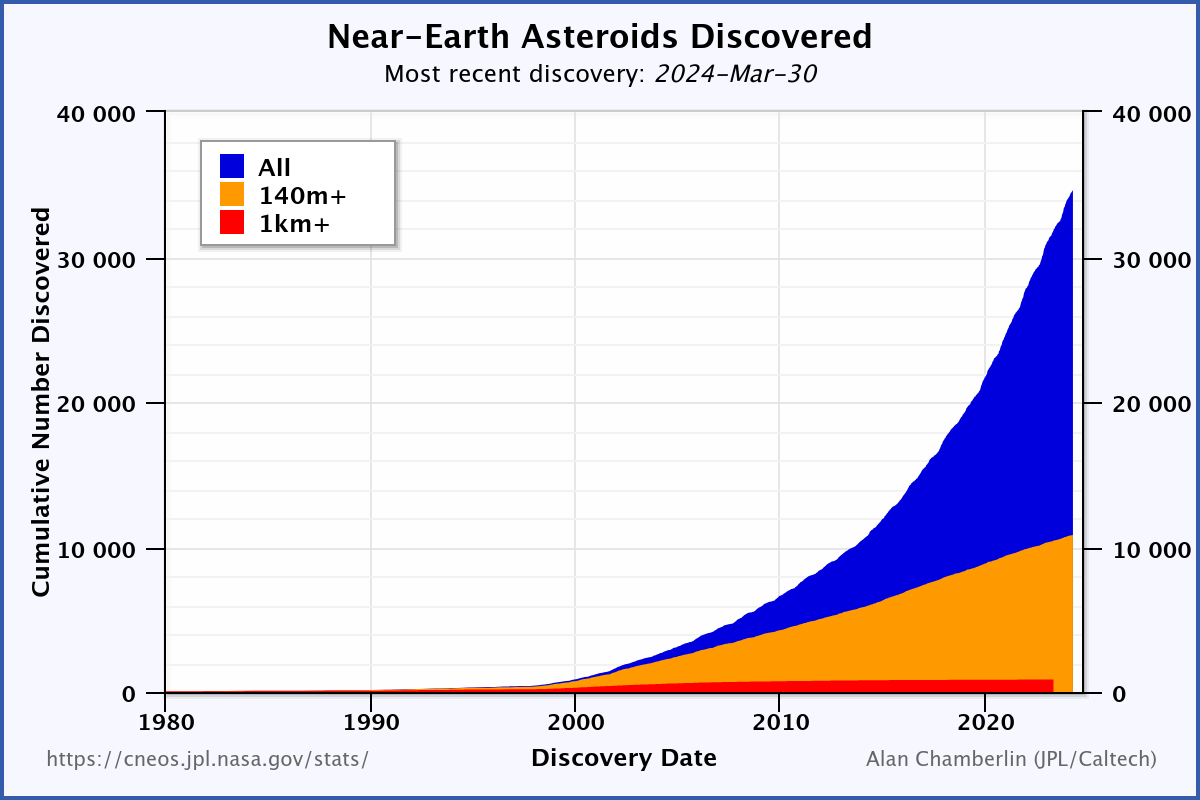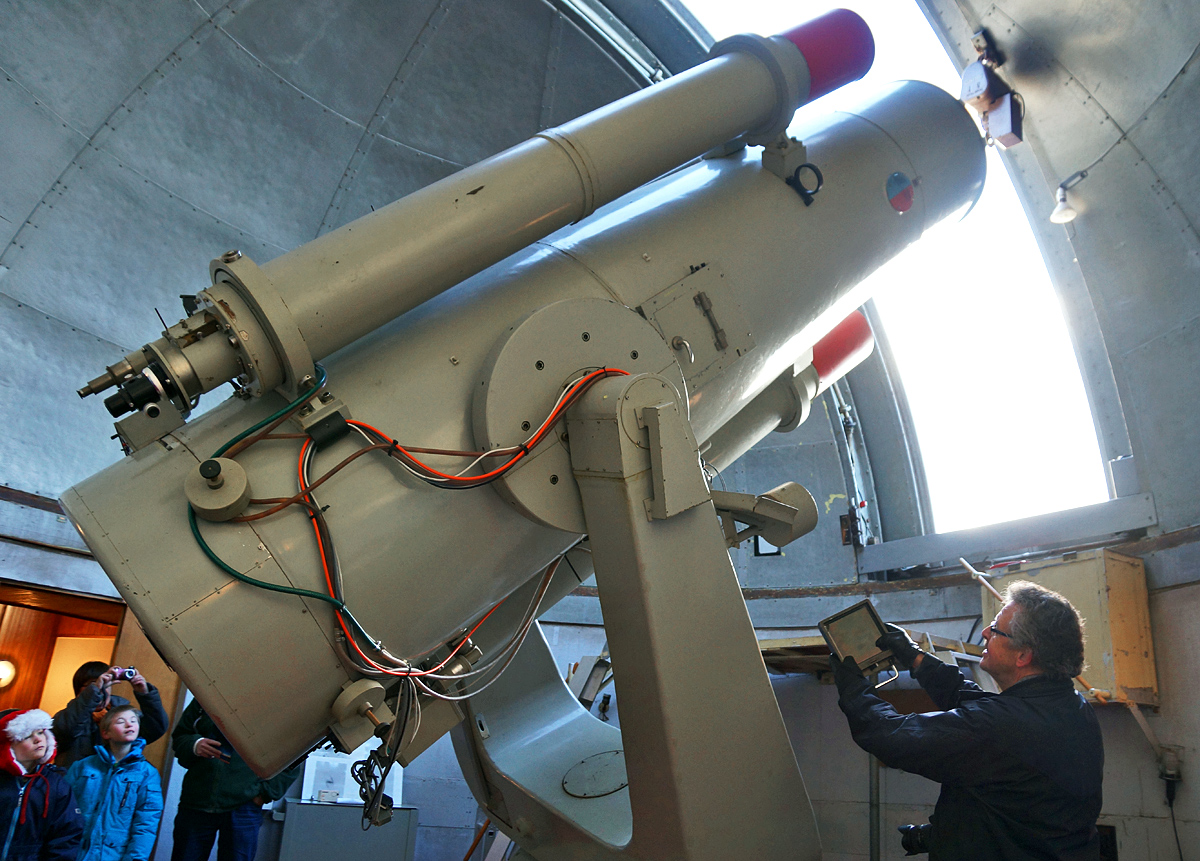|
Karl Augustesen
Karl A. Augustesen (born 1945) is a Danish astronomer and co-discoverer of minor planets. Working at Brorfelde Observatory, he is credited by the Minor Planet Center with the discovery of 6 numbered asteroid An asteroid is a minor planet of the inner Solar System. Sizes and shapes of asteroids vary significantly, ranging from 1-meter rocks to a dwarf planet almost 1000 km in diameter; they are rocky, metallic or icy bodies with no atmosphere. ...s during 1984–1987. The Vestian main-belt asteroid 5171 Augustesen, discovered by astronomer and colleague Poul Jensen at Brorfelde Observatory in 1988, was named in his honor. References 1945 births 20th-century Danish astronomers Discoverers of asteroids * Living people {{Denmark-scientist-stub ... [...More Info...] [...Related Items...] OR: [Wikipedia] [Google] [Baidu] |
Asteroid
An asteroid is a minor planet of the inner Solar System. Sizes and shapes of asteroids vary significantly, ranging from 1-meter rocks to a dwarf planet almost 1000 km in diameter; they are rocky, metallic or icy bodies with no atmosphere. Of the roughly one million known asteroids the greatest number are located between the orbits of Mars and Jupiter, approximately 2 to 4 AU from the Sun, in the main asteroid belt. Asteroids are generally classified to be of three types: C-type, M-type, and S-type. These were named after and are generally identified with carbonaceous, metallic, and silicaceous compositions, respectively. The size of asteroids varies greatly; the largest, Ceres, is almost across and qualifies as a dwarf planet. The total mass of all the asteroids combined is only 3% that of Earth's Moon. The majority of main belt asteroids follow slightly elliptical, stable orbits, revolving in the same direction as the Earth and taking from three to six years to comple ... [...More Info...] [...Related Items...] OR: [Wikipedia] [Google] [Baidu] |
Discoverer Of Minor Planets
This is a list of minor-planet discoverers credited by the Minor Planet Center with the discovery of one or several minor planets (such as near-Earth and main-belt asteroids, Jupiter trojans and distant objects). , the discovery of 612,011 numbered minor planets are credited to 1141 astronomers and 253 observatories, telescopes or surveys ''(see )''. On how a discovery is made, ''see observations of small Solar System bodies. For a description of the tables below, see ''. Discovering astronomers }, (bio-de) , align=left , M. Matsuyama , , - id="D. Matter" , align=left , Daniel Matter , 7 , 1957–pres. , , align=left , D. Matter; amateur, (bio-it) , align=left , D. Matter , , - id="A. Maury" , align=left , Alain Maury , 9 , 1958–pres. , , align=left , A. Maury; , align=left , A. Maury , , - id="D. Mayes" , align=left , Deronda Mayes , , 1957–pres. , , align=left , D. Mayes; inferred , align=left , D. Mayes , , - id="E. Mazzoni ... [...More Info...] [...Related Items...] OR: [Wikipedia] [Google] [Baidu] |
Discoverers Of Asteroids
Discovery is the act of detecting something new, or something previously unrecognized as meaningful. With reference to sciences and academic disciplines, discovery is the observation of new phenomena, new actions, or new events and providing new reasoning to explain the knowledge gathered through such observations with previously acquired knowledge from abstract thought and everyday experiences. A discovery may sometimes be based on earlier discoveries, collaborations, or ideas. Some discoveries represent a radical breakthrough in knowledge or technology. New discoveries are acquired through various senses and are usually assimilated, merging with pre-existing knowledge and actions. Questioning is a major form of human thought and interpersonal communication, and plays a key role in discovery. Discoveries are often made due to questions. Some discoveries lead to the invention of objects, processes, or techniques. A discovery may sometimes be based on earlier discoveries, collab ... [...More Info...] [...Related Items...] OR: [Wikipedia] [Google] [Baidu] |
1945 Births
1945 marked the end of World War II and the fall of Nazi Germany and the Empire of Japan. It is also the only year in which Nuclear weapon, nuclear weapons Atomic bombings of Hiroshima and Nagasaki, have been used in combat. Events Below, the events of World War II have the "WWII" prefix. January * January 1 – WWII: ** Nazi Germany, Germany begins Operation Bodenplatte, an attempt by the ''Luftwaffe'' to cripple Allies of World War II, Allied air forces in the Low Countries. ** Chenogne massacre: German prisoners are allegedly killed by American forces near the village of Chenogne, Belgium. * January 6 – WWII: A German offensive recaptures Esztergom, Kingdom of Hungary (1920–1946), Hungary from the Russians. * January 12 – WWII: The Soviet Union begins the Vistula–Oder Offensive in Eastern Europe, against the German Army (Wehrmacht), German Army. * January 13 – WWII: The Soviet Union begins the East Prussian Offensive, to eliminate German forces in East Pruss ... [...More Info...] [...Related Items...] OR: [Wikipedia] [Google] [Baidu] |
5171 Augustesen
5171 Augustesen, provisional designation , is a background asteroid and slow rotator from the inner regions of the asteroid belt, approximately in diameter. It was discovered on 25 September 1987, by Danish astronomer Poul Jensen at the Brorfelde Observatory in Denmark. The suspected tumbler and presumed Vestian asteroid has an exceptionally slow rotation period of 480 hours and possibly an elongated shape. It was named after Danish astronomer Karl Augustesen. Orbit and classification ''Augustesen'' is a non-family asteroid of the main belt's background population when applying the hierarchical clustering method to its proper orbital elements. Based on osculating Keplerian orbital elements, the asteroid has also been classified as a member of the Vesta family (), one of the main belt's largest asteroid families named after 4 Vesta, the family's parent body. It orbits the Sun in the inner main-belt at a distance of 2.1–2.7 AU once every 3 years and 9 months ( ... [...More Info...] [...Related Items...] OR: [Wikipedia] [Google] [Baidu] |
Asteroid
An asteroid is a minor planet of the inner Solar System. Sizes and shapes of asteroids vary significantly, ranging from 1-meter rocks to a dwarf planet almost 1000 km in diameter; they are rocky, metallic or icy bodies with no atmosphere. Of the roughly one million known asteroids the greatest number are located between the orbits of Mars and Jupiter, approximately 2 to 4 AU from the Sun, in the main asteroid belt. Asteroids are generally classified to be of three types: C-type, M-type, and S-type. These were named after and are generally identified with carbonaceous, metallic, and silicaceous compositions, respectively. The size of asteroids varies greatly; the largest, Ceres, is almost across and qualifies as a dwarf planet. The total mass of all the asteroids combined is only 3% that of Earth's Moon. The majority of main belt asteroids follow slightly elliptical, stable orbits, revolving in the same direction as the Earth and taking from three to six years to comple ... [...More Info...] [...Related Items...] OR: [Wikipedia] [Google] [Baidu] |
Minor Planet Center
The Minor Planet Center (MPC) is the official body for observing and reporting on minor planets under the auspices of the International Astronomical Union (IAU). Founded in 1947, it operates at the Smithsonian Astrophysical Observatory. Function The Minor Planet Center is the official worldwide organization in charge of collecting observational data for minor planets (such as asteroids), calculating their orbits and publishing this information via the '' Minor Planet Circulars''. Under the auspices of the International Astronomical Union (IAU), it operates at the Smithsonian Astrophysical Observatory, which is part of the Center for Astrophysics along with the Harvard College Observatory. The MPC runs a number of free online services for observers to assist them in observing minor planets and comets. The complete catalogue of minor planet orbits (sometimes referred to as the "Minor Planet Catalogue") may also be freely downloaded. In addition to astrometric data, the MPC collect ... [...More Info...] [...Related Items...] OR: [Wikipedia] [Google] [Baidu] |
Brorfelde Observatory
Brorfelde Observatory ( da, Brorfelde Observatoriet; obs. code: 054) is an astronomical observatory located in Brorfelde near Holbæk, Denmark. It is home to the Brorfelde Schmidt Telescope and was run as a branch of the Copenhagen University Observatory until 1996. It still has telescopes that are used by University of Copenhagen students, but the operating staff moved to the ''Rockefeller Complex'' in Copenhagen. Brorfelde Observatory and Brorfelde was a part of a Danish advent calendar running in 2012, and 2019 on DR1 - a Danish national TV channel. Instruments The 77-centimetre Schmidt telescope from 1966 at Brorfelde Observatory was originally equipped with photographic film. An engineer is here showing the film-box, which was then placed behind the locker at the center of the telescope (at the telescope's prime focus). Honors The Hungaria asteroid 3309 Brorfelde was discovered at, and named for the observatory. It was its first minor planet discovery. ... [...More Info...] [...Related Items...] OR: [Wikipedia] [Google] [Baidu] |
Astronomer
An astronomer is a scientist in the field of astronomy who focuses their studies on a specific question or field outside the scope of Earth. They observe astronomical objects such as stars, planets, natural satellite, moons, comets and galaxy, galaxies – in either observational astronomy, observational (by analyzing the data) or theoretical astronomy. Examples of topics or fields astronomers study include planetary science, Sun, solar astronomy, the Star formation, origin or stellar evolution, evolution of stars, or the galaxy formation and evolution, formation of galaxies. A related but distinct subject is physical cosmology, which studies the Universe as a whole. Types Astronomers usually fall under either of two main types: observational astronomy, observational and theoretical astronomy, theoretical. Observational astronomers make direct observations of Astronomical object, celestial objects and analyze the data. In contrast, theoretical astronomers create and investigate C ... [...More Info...] [...Related Items...] OR: [Wikipedia] [Google] [Baidu] |
3033 Holbaek
3 (three) is a number, numeral and digit. It is the natural number following 2 and preceding 4, and is the smallest odd prime number and the only prime preceding a square number. It has religious or cultural significance in many societies. Evolution of the Arabic digit The use of three lines to denote the number 3 occurred in many writing systems, including some (like Roman and Chinese numerals) that are still in use. That was also the original representation of 3 in the Brahmic (Indian) numerical notation, its earliest forms aligned vertically. However, during the Gupta Empire the sign was modified by the addition of a curve on each line. The Nāgarī script rotated the lines clockwise, so they appeared horizontally, and ended each line with a short downward stroke on the right. In cursive script, the three strokes were eventually connected to form a glyph resembling a with an additional stroke at the bottom: ३. The Indian digits spread to the Caliphate in the 9th ... [...More Info...] [...Related Items...] OR: [Wikipedia] [Google] [Baidu] |




